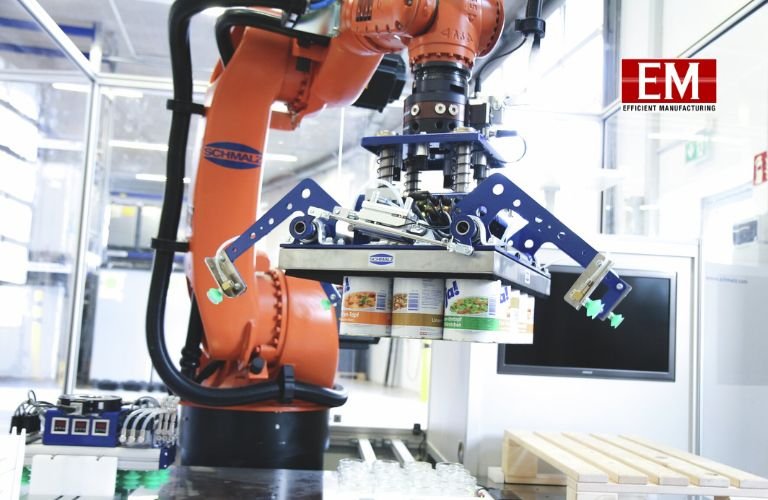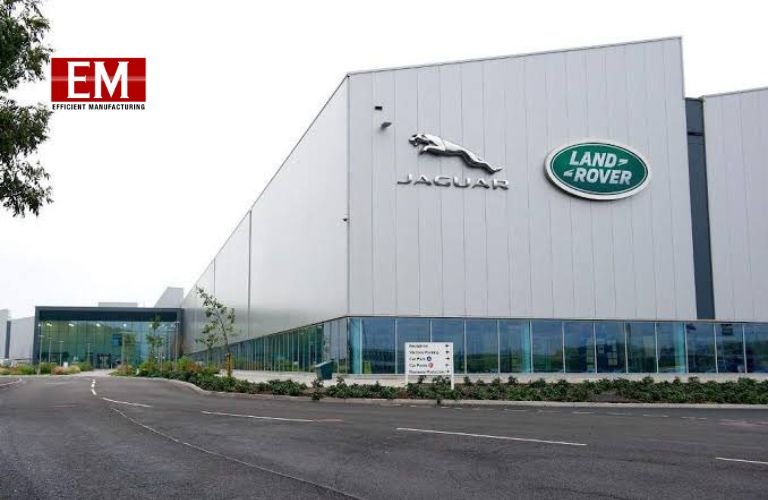| The accessibility, functionality, and versatility of Software-as-a-Service has established SaaS as a business favorite in today’s hyper-competitive environment. SaaS now dominates the cloud computing market with global spending on public cloud services growing at 20% per annum, and expected to reach $680 billion in 2024. Amidst this era of unprecedented growth, lies an immense opportunity for B2B SaaS providers who can leverage the emerging trends in this space to provide new-age business solutions.
Jigyasa Kishore,
Vice President Enterprise Sales and Solutions,
Moglix
The Power of AI and Machine Learning
Artificial intelligence (AI) and machine learning (ML) are no longer futuristic concepts; they’re rapidly becoming embedded within B2B SaaS solutions. This integration unlocks a treasure trove of possibilities.
● Hyper-Personalization: AI tailors user experiences, anticipates needs, and delivers functionalities that directly address user pain points. This fosters user satisfaction, loyalty, and ultimately, increased product adoption.
● Enhanced Automation: Mundane tasks are automated, freeing up human resources for more strategic endeavors. AI can automate tasks like data entry, report generation, and customer service interactions, boosting efficiency and reducing human error.
● Predictive Analytics: Machine learning analyzes vast datasets to predict future trends, customer behavior, and potential risks. This empowers businesses to make data-driven decisions, optimize resource allocation, and stay ahead of the curve.
● Advanced Security: AI can detect and thwart cyberattacks in real-time, safeguarding sensitive data and ensuring business continuity.
To actually put these into action, B2B SaaS providers must adopt a strategic approach.
They should start by pinpointing areas where AI/ML can deliver the most significant impact. Is it automating lead generation, analyzing customer sentiment, or predicting equipment failures?
Service providers must also ensure that AI-powered features are intuitive and enhance the user journey, not replace human interaction. A seamless blend of human and AI capabilities is key. During this process, B2B SaaS companies need to remember that AI thrives on clean, well-structured data. This necessitates investment in robust data management practices to ensure the accuracy and reliability of the insights generated by AI/ML algorithms.
The Rise of MicroSaaS and Vertical SaaS Solutions
The B2B SaaS market is becoming increasingly saturated. To cater to specific needs and cut through the noise, two major trends are gaining traction – MicroSaaS and Verical SaaS.
MicroSaaS refers to niche, hyper-focused solutions that address a single, well-defined business problem. MicroSaaS offers a compelling value proposition – laser-sharp functionality at an affordable price point. This resonates with businesses seeking targeted solutions without the bloatware of traditional enterprise software.
Storemapper is a successful example of MicroSaaS. It is a store locator application that allows businesses to create a personalized map with all of their store locations. The micro service’s key proposition is to enable businesses to embed store locators on their website to help customers easily find store locations near them.
Vertical SaaS, on the other hand, is tailored for specific industries. These solutions cater to the unique challenges and workflows of a particular sector. For example, a vertical SaaS platform might cater to the needs of healthcare providers or financial institutions. This industry-specific focus allows for deeper integration and a more intuitive user experience.
While the idea of Verical SaaS is not new, it has been growing at a rapid pace over the last few years with industries increasingly realising its transformative potential. Since Vertical SaaS offers an all-in-one solution, it nullifies the need for businesses to keep multiple disparate tools. It enables a streamlined workflow and heightened efficiency for the organization.
Low-Code/No-Code Revolution: Democratizing Software Development
In addition to emerging technologies, a new philosophy of working is also revolutionizing the SaaS space. The low-code/no-code (LCNC) movement empowers business users with minimal coding experience to build custom applications. This trend is proving to be particularly relevant in B2B SaaS:
● Faster Innovation: LCNC platforms enable businesses to build internal tools and automate workflows quickly, accelerating innovation and streamlining operations.
● Empowering Citizen Developers: Business users can create solutions tailored to their specific needs without relying heavily on IT departments. This reduces development backlogs and fosters agility.
● Democratization of Data: LCNC platforms can facilitate user-generated reports and dashboards, empowering business users to access and analyze data independently.
B2B SaaS companies can leverage LCNC solutions to enhance their offerings and empower customers:
● Building Custom User Interfaces: LCNC tools can be used to create custom user interfaces that cater to specific customer workflows and integrations.
● Empowering Customer Success: SaaS vendors can equip customers with LCNC tools to build custom integrations and extend the functionality of the platform. This fosters self-sufficiency and user satisfaction.
● Building Internal Tools: SaaS companies can utilize LCNC platforms to build internal tools for onboarding, customer support, and data management, improving operational efficiency.
Building Trust Through Robust Security
For B2B SaaS providers, prioritizing security is not just a technical necessity; it’s a cornerstone of trust with customers. Emerging trends in this domain focus on enhancing security measures and ensuring compliance with stringent regulations.
Zero Trust Architecture (ZTA) is gaining popularity as a security model for B2B SaaS platforms. Unlike traditional perimeter-based approaches, ZTA assumes that threats can originate from within the network and requires continuous authentication and authorization for all users and devices. By adopting ZTA principles, SaaS providers can mitigate the risk of data breaches and unauthorized access.
Privacy-preserving technologies such as homomorphic encryption and differential privacy are also becoming essential for B2B SaaS providers handling sensitive data. These techniques enable secure data processing and analysis without compromising individual privacy rights. By implementing robust privacy-preserving measures, SaaS vendors can build trust with their clients and demonstrate compliance with data protection regulations.
The Future of B2B SaaS
The B2B SaaS landscape is constantly evolving, driven by technological advancements and shifting customer needs.
Nascent trends such as the rise of the Metaverse hold the potential to further revolutionize B2B SaaS. It could lead to immersive product demonstrations, collaborative workspaces, and virtual training sessions within the metaverse.
Through this period of growth, however, B2B SaaS companies must also prioritize sustainable practices, focusing on energy-efficient infrastructure and solutions that help businesses reduce their environmental footprint.
Conclusion
The market of B2B SaaS is a dynamic goldmine waiting to be tapped. While the market thrives, the key to success lies in embracing the future. AI, MicroSaaS, LCNC development, and robust security are no longer fringe concepts, but the building blocks of innovative solutions. SaaS providers who adapt and evolve alongside these trends will be the ones shaping the future of business operations and propelling their companies to the forefront. As the journey unfolds, staying agile, customer-centric, and forward-thinking will be essential for navigating the next wave of B2B SaaS evolution.








